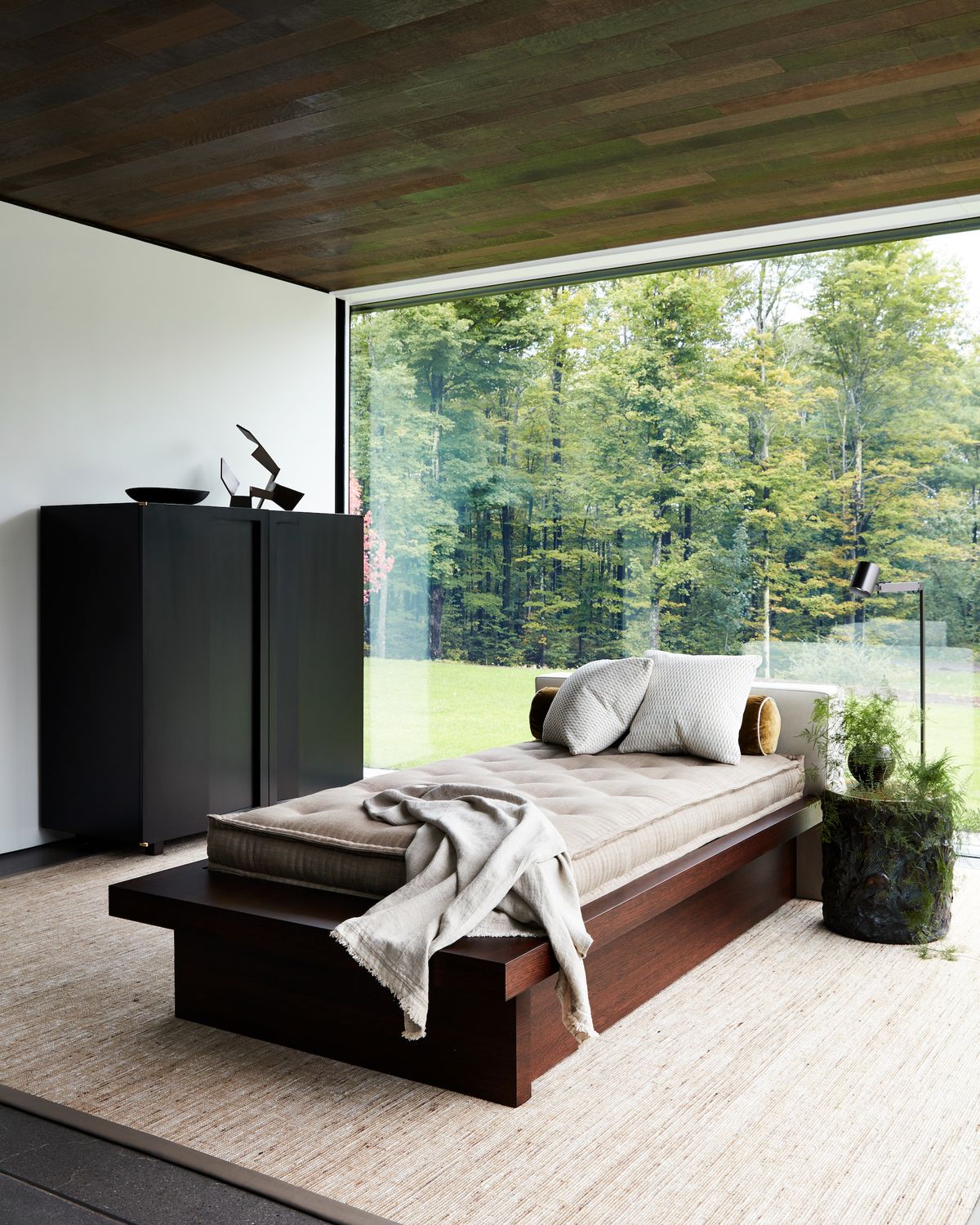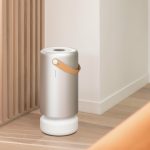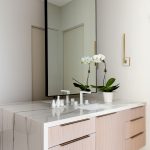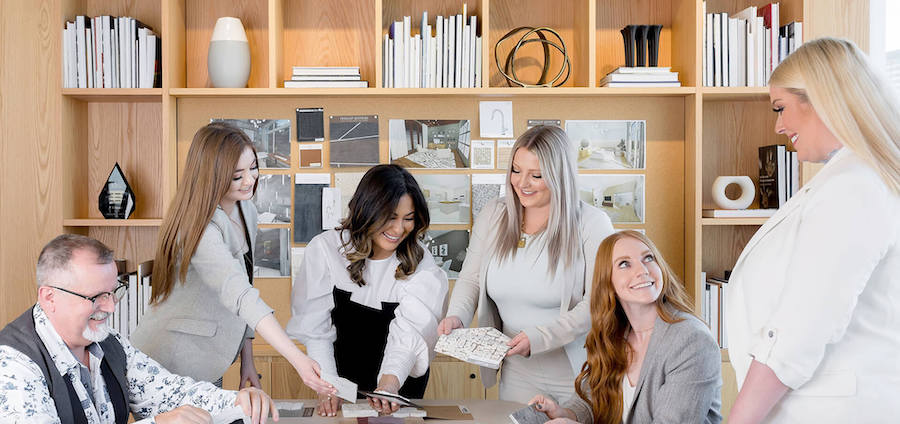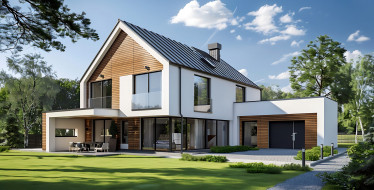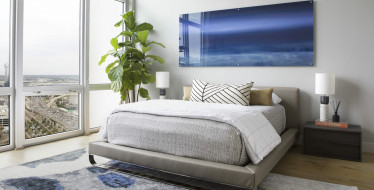Your overall wellness should always be top of mind. Sure, most think of physical fitness and mental health when they think of wellness. Although both of those are of the upmost importance, wellness in your space is becoming increasingly vital to how we live our lives in and out of our home. We have been designing wellness-centric spaces for a while always pushing each room to be just as much aesthetically pleasing as they are fully functioning, always maximizing the health of a space. To help you get your space into top wellness shape, we have curated your wellness checklist. It is a quick and easy list to follow that breaks down some of the essentials needed to increase the wellness of your space.
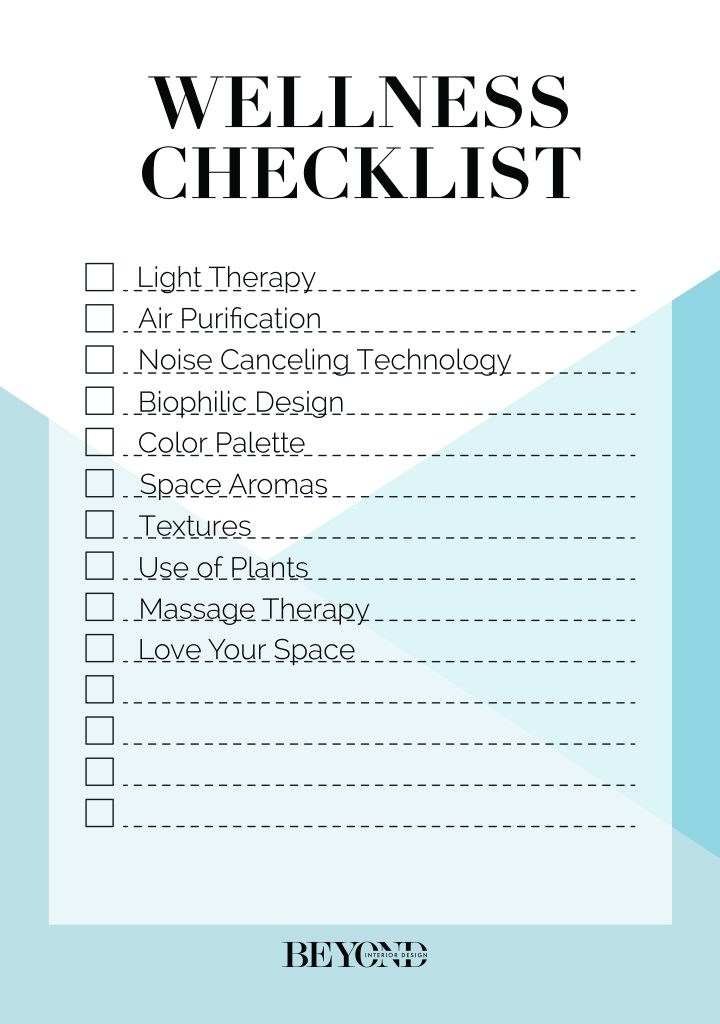
- Light Therapy – Light therapy has been found to improve mood, reduce feelings of depression, and improve the quality of sleep. It has also been found to improve focus and concentration leading to increased productivity. Having the right combination of artificial and natural lighting can help regulate your body clock and reduce anxiety levels.
- Air Purification – Air purification can help improve the quality of air in a room by removing pollutants, dust, and other particles that can cause allergies, asthma, and other respiratory problems. Air purifiers can also help reduce odors from pets, cooking, smoke, and chemicals that can be found in the furniture and fabrics in your space. Read more on air purification in our previous post.
- Noise Cancelation Technology – Most people like to sleep in silence. However, having a bit of white noise in the background can improve your overall sleep in more ways than one. White noise helps to block out other distracting noises that can interfere with sleep, such as traffic and other exterior sounds. This can help you to fall asleep quicker and stay asleep for longer. White noise can also help to reduce stress levels by providing a calming and soothing sound which reduces anxiety and promotes relaxation.
- Biophilic Design – Having an indoor space that connects you with the outside is the key component of biophilic design. An indoor/outdoor space allows for the influx of natural light, which can help to reduce energy costs and improve overall mood. Increased exposure to outdoor air promotes better air quality and can reduce the risk of indoor air pollutants. The use of natural elements, such as wood, allows the indoor and outdoor spaces to merge, creating one harmonious space.
- Color Palette – Using a palette of neutral colors create a calming atmosphere: Not only are they versatile, but they cast a calming affect on the eyes and mind allowing for a more soothing experience.
- Space Aromas – Scent can evoke memories that can transport us back in time and induce positive feelings, such as nostalgia and contentment. Certain scents, such as lavender, can reduce stress, anxiety, and depression while scents such as jasmine, rose, and sandalwood can help reduce the stress hormone cortisol.
- Textures – Textures add visual interest to a room, creating depth, contrast and dimension. Textures can also make a room more tactile which often times increases its comfortability. Soft, plush fabrics and textiles can make a room feel warm and cozy which can help ease the mind. Textured surfaces can also help reduce noise in a room by absorbing sound making for a calmer space with better acoustics.
- Use of Plants – We are advocates for the use of plants in your space. Indoor plants have been proven to reduce air pollution by filtering out toxins and producing oxygen. And studies have shown that having plants in your workspace can reduce stress levels and promote a sense of calm.
- Massage Therapy – Who doesn’t love a good massage? Massage therapy is known to reduce stress and promote relaxation, which can help reduce tension and anxiety. Massage therapy can also increase blood flow and help improve circulation, which can help reduce swelling and soreness. There are now an increasingly number of products that are offered for home use that allow you to have the benefits of massage therapy in the comfort of your own home.
The last item on your wellness checklist is for you to love your space. No matter how it is designed, you need to feel comfortable living in your space. It is wear you lay your head and mind to rest at night and where you wake up in the morning so a sense of serenity, calm and comfort is key. What else are you doing to help you love your space? We want to know!


